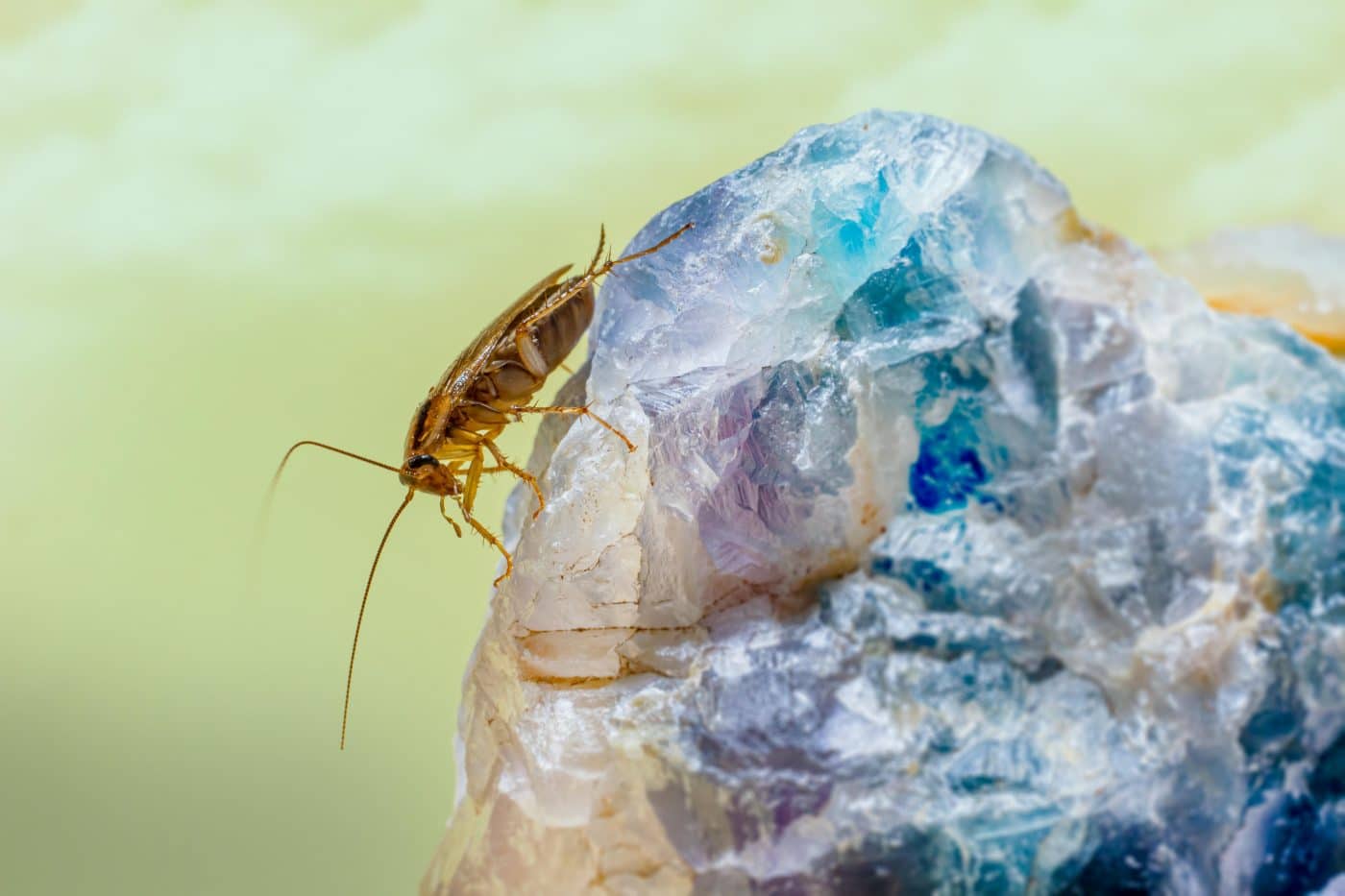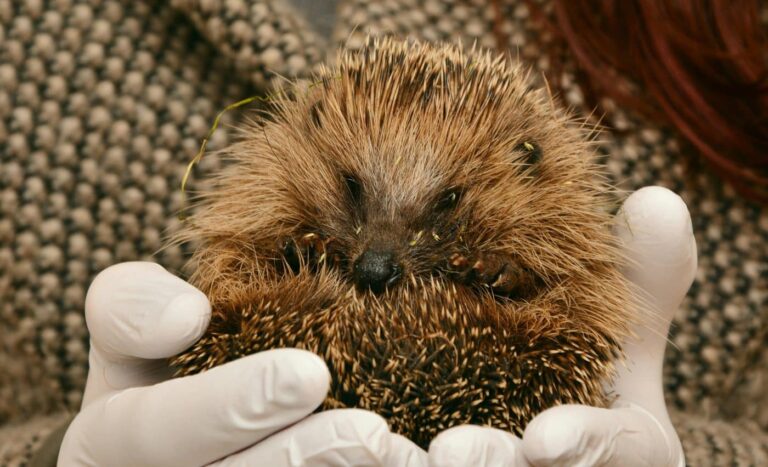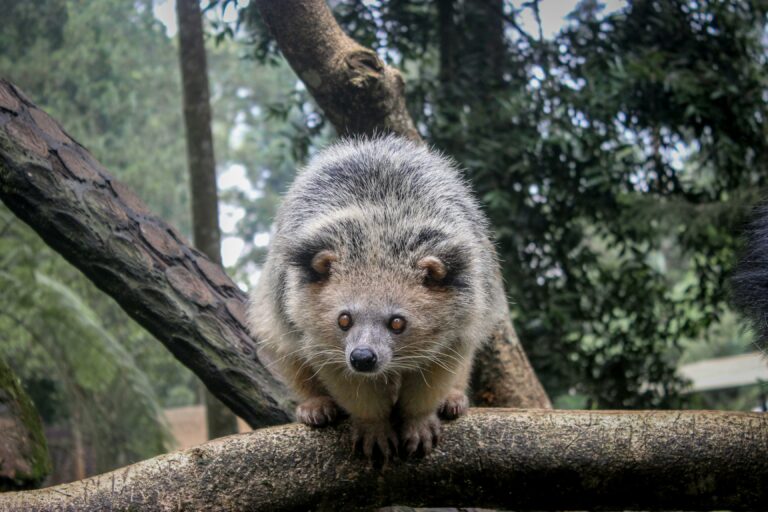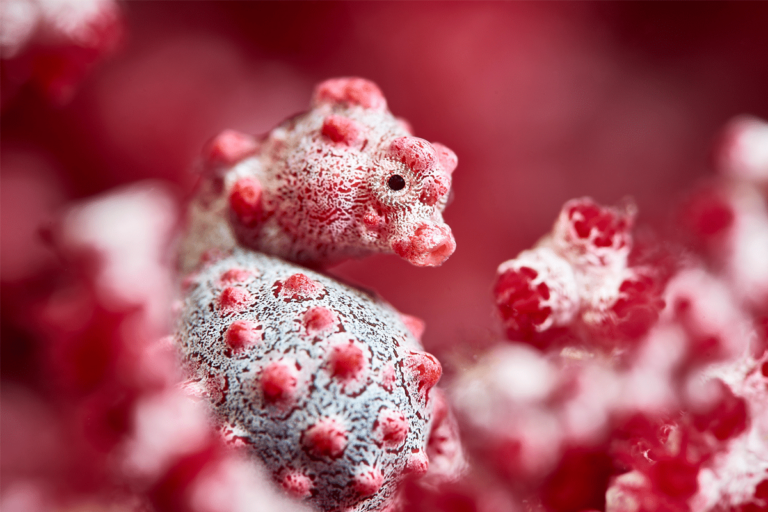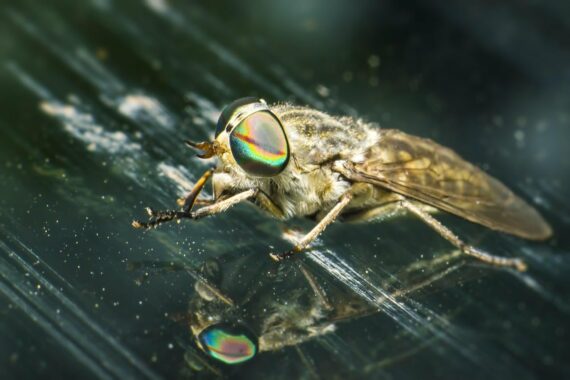 Shutterstock
Shutterstock
Some insects have defied the odds, surviving for millions of years with little to no evolutionary changes. These ancient species have thrived through countless environmental shifts, proving the effectiveness of their designs. Their ability to endure, unaltered by drastic changes in the planet’s ecosystems, is a testament to their evolutionary success. These creatures highlight the power of survival strategies that work—and work well—despite the passage of time. Their remarkable resilience shows that sometimes, nature’s solutions are perfect as they are and need no improvement.
Dragonflies
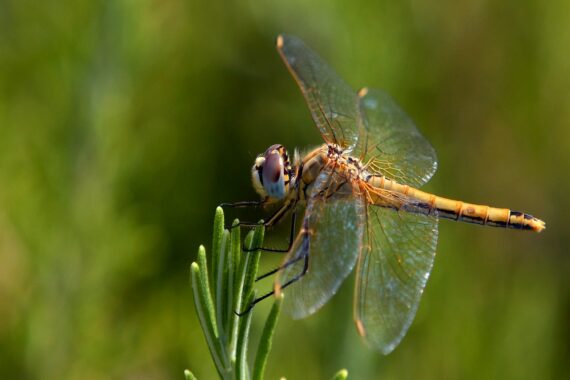

Dragonflies have roamed the Earth for over 300 million years, and their structure has changed little throughout history. With their independent, agile wings, dragonflies can hover in place and catch prey with astounding precision. Their hunting techniques, which involve mid-air attacks on smaller insects, have remained highly successful. These adaptations have allowed dragonflies to remain one of nature’s most effective predators for millions of years.
Cockroaches
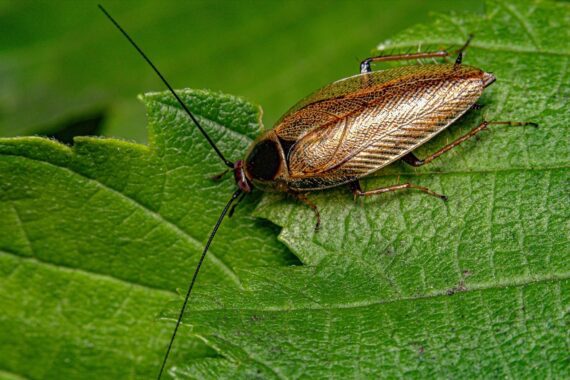

Cockroaches are survivors, having been around for over 350 million years. Their flat bodies and long antennae help them fit into tight spaces, making them incredibly adaptable. Cockroaches have the ability to endure extreme environments, from intense heat to lack of food, and can even withstand radiation. Their resilience, combined with their ability to hide and thrive almost anywhere, proves their evolutionary success.
Termites
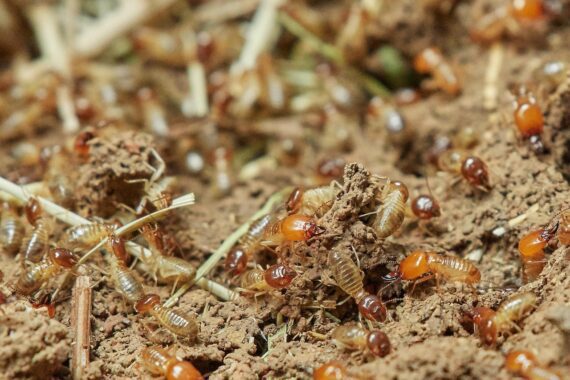

Termites have been thriving for more than 250 million years, and their basic structure has remained almost unchanged. These social insects live in complex colonies with designated roles like workers, soldiers, and queens. Their ability to digest cellulose, particularly from wood, makes them essential to ecosystems by recycling organic material. Despite small modern adaptations, their core behavior and biology have remained consistent, ensuring their ongoing success.
Praying Mantises
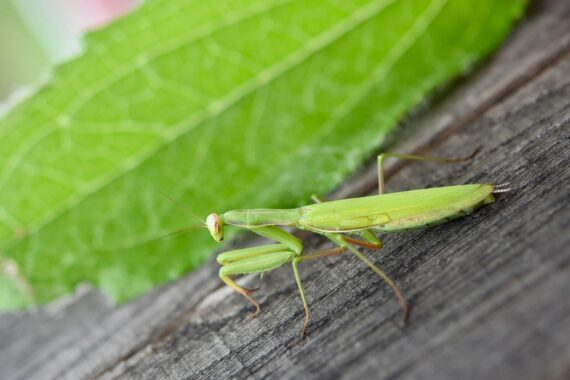

Praying mantises have been around for over 200 million years, and their predatory strategies have stood the test of time. Known for their unique triangular heads and strong forelegs, mantises are excellent ambush predators. They rely on their ability to rotate their heads and track prey with exceptional precision. This specialized hunting method, which involves waiting for the right moment to strike, has allowed mantises to thrive in diverse habitats.
Ticks
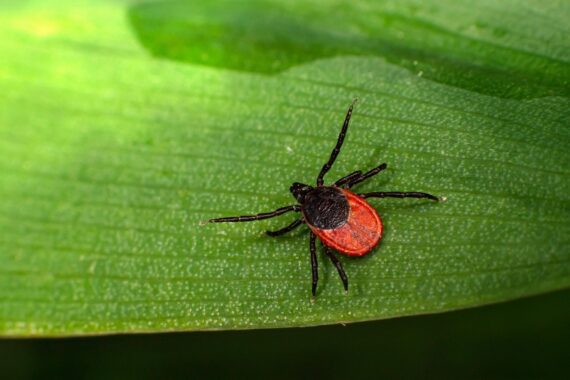

Ticks are ancient parasites, with a lineage dating back more than 300 million years. These blood-feeding creatures have evolved specialized mouthparts for attaching to their hosts. Ticks have adapted to a wide range of environments, including forests, grasslands, and urban areas. Their ability to survive by feeding on various animals has ensured their survival through multiple extinction events.
Horseflies


Horseflies are another ancient species that has survived for over 200 million years. These aggressive insects have powerful jaws, allowing them to bite through the skin of mammals to feed on their blood. Their strong wings enable them to cover long distances in search of prey. With excellent heat and carbon dioxide detection abilities, horseflies continue to use their sharp instincts to locate hosts efficiently.
Water Bears (Tardigrades)
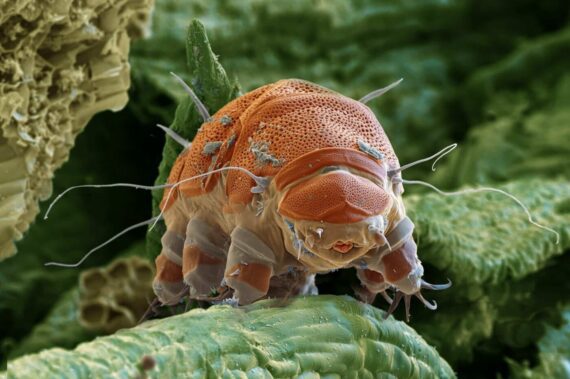

Tardigrades, or water bears, are microscopic creatures that have existed for over 500 million years. These incredibly resilient organisms can survive extreme conditions, such as radiation, intense heat, and even the vacuum of space. Tardigrades enter a state of cryptobiosis, where they essentially “pause” their metabolism until conditions improve. This remarkable survival mechanism allows them to remain unchanged while thriving in the most hostile environments on Earth.
Mayflies
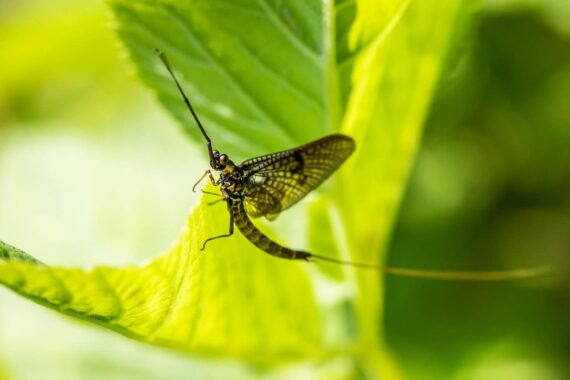

Mayflies have been around for more than 350 million years, and their life cycle remains relatively unchanged. The larvae live underwater, feeding on organic matter, while adults only live for a few hours or days. This short adult lifespan doesn’t hinder their ecological importance, as their larvae are key to freshwater ecosystems. The simplicity and efficiency of their life cycle have allowed mayflies to thrive in aquatic environments for millions of years.
Ants
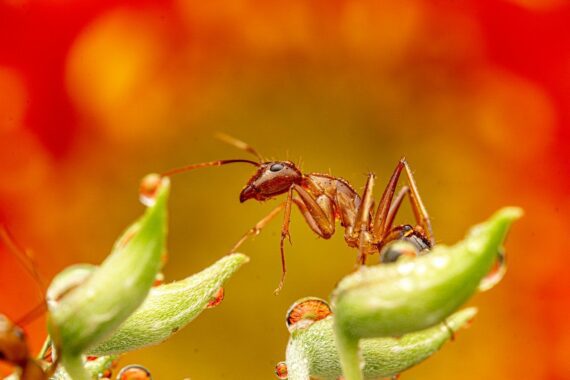

Ants, existing for over 100 million years, are a model of evolutionary success with their highly organized social structure. Workers, soldiers, and queens each have distinct roles, allowing ants to dominate a variety of ecosystems. Their communication methods, such as the use of pheromones, are incredibly sophisticated. Ants’ cooperative nature and division of labor have proven to be a highly effective survival strategy, ensuring their continued dominance.
Lacewings
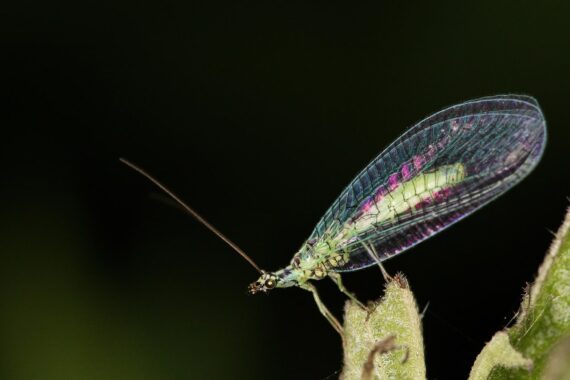

Lacewings have been around for over 150 million years, and their delicate, lace-like wings make them easily recognizable. These insects are important predators, especially of aphids, which help regulate pest populations. Lacewings’ role as natural pest controllers has remained essential to ecosystems and agriculture. Despite slight environmental adaptations, their basic structure and hunting methods have remained remarkably consistent.
Silverfish
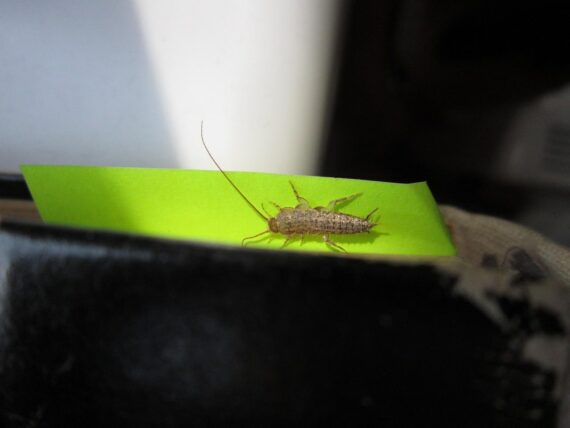

Silverfish are one of the oldest living insect species, having existed for over 400 million years. Their slender, silvery bodies and rapid, fish-like movements are distinctive and help them evade predators. These nocturnal creatures are highly adaptable, thriving in dark, humid environments where few others can survive. Their primitive body design and feeding habits have changed little over time, demonstrating the enduring effectiveness of their evolutionary path.
The Timeless Survivors
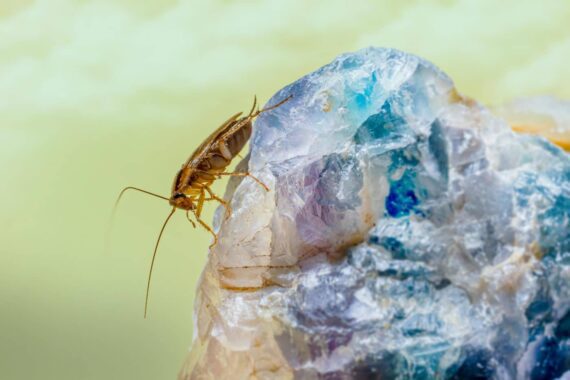

These insects prove that some evolutionary designs are simply unbeatable. Their survival strategies have stood the test of time, thriving for millions of years without needing reinvention. These species have perfected the art of survival in ever-changing environments. They remind us that sometimes, the secret to enduring through time isn’t constant change, but rather sticking to what works. Nature’s timeless survivors show us that resilience and efficiency often lie in the simplest and most effective designs, enduring where others have failed.

